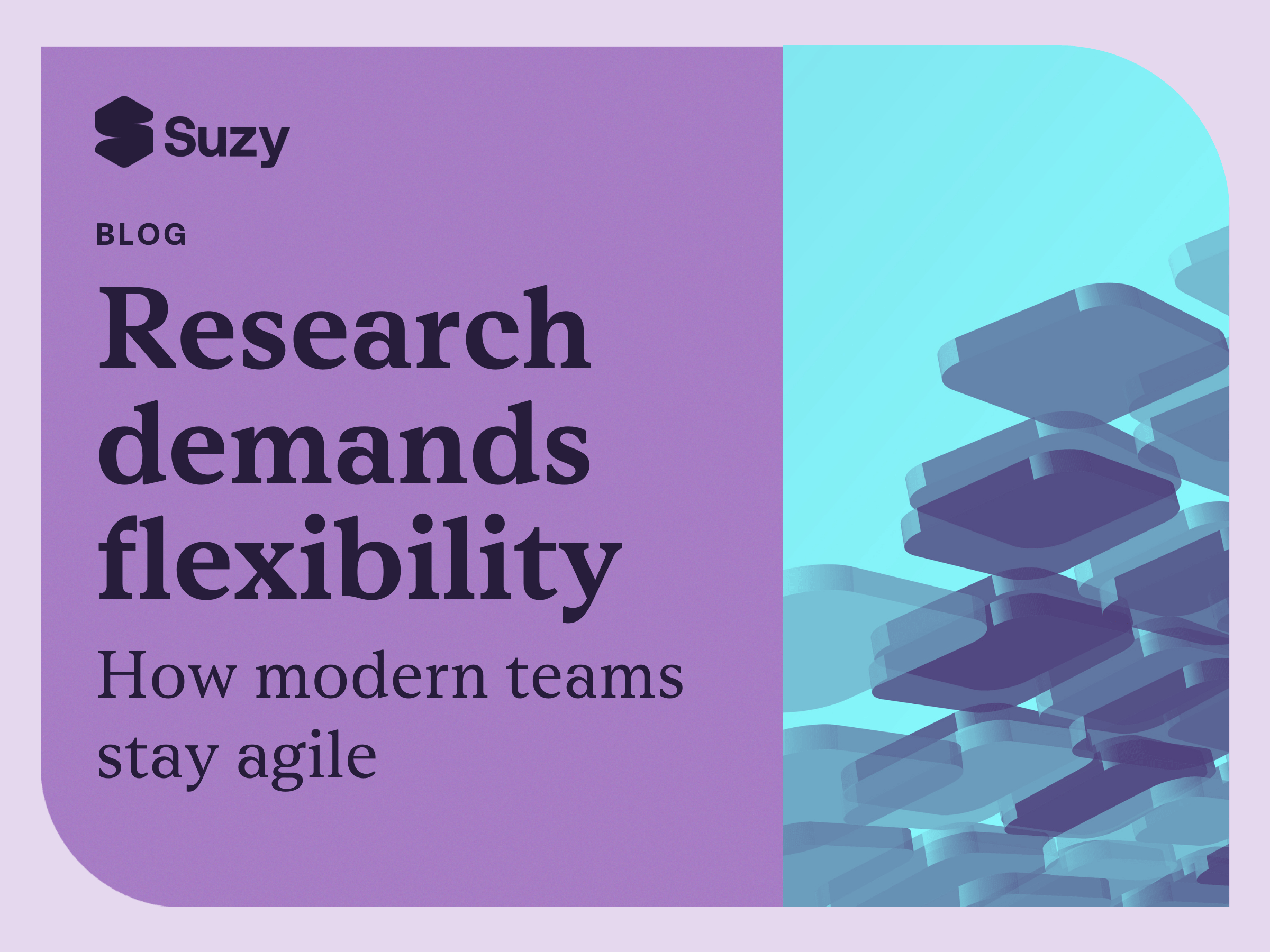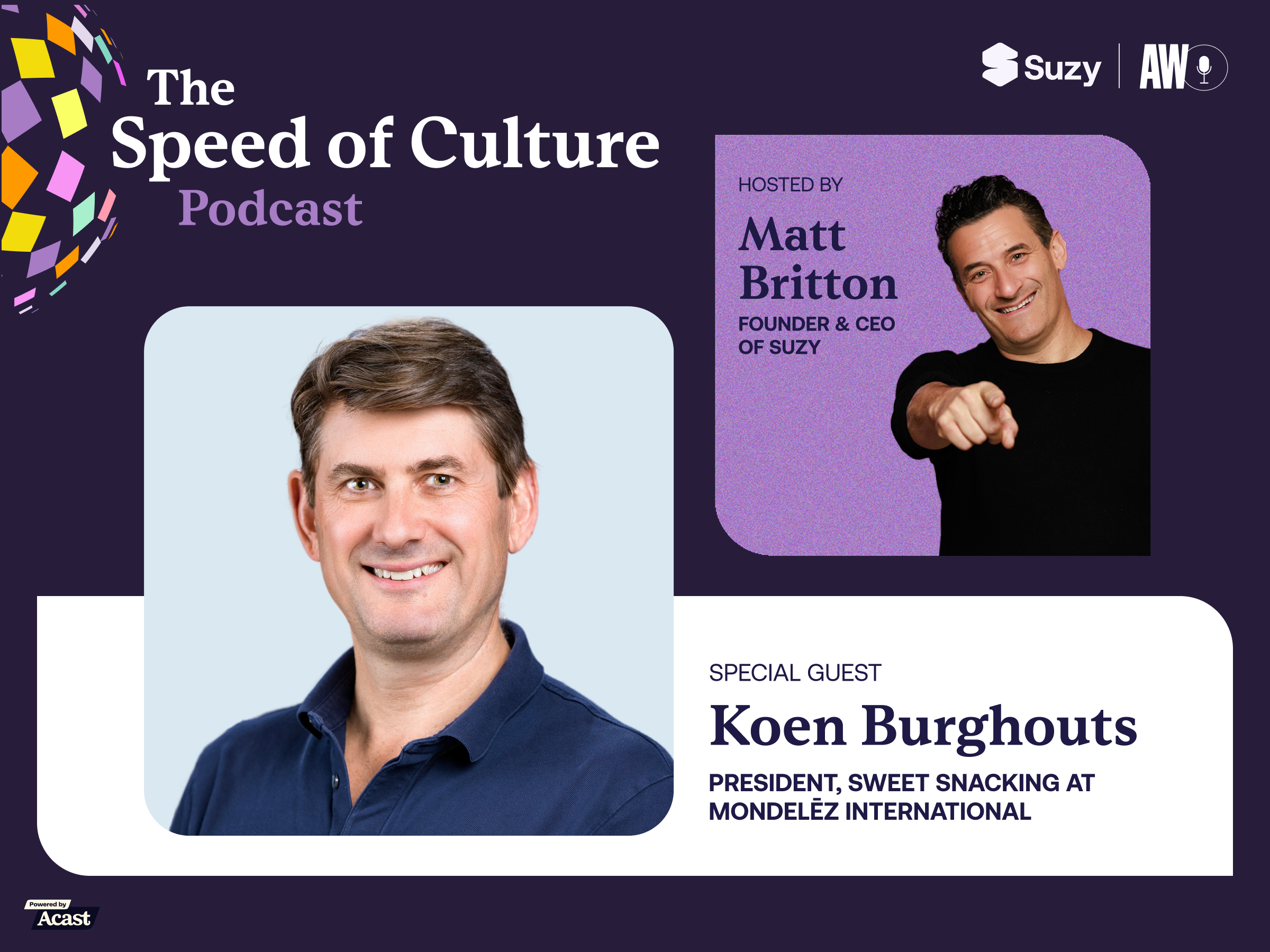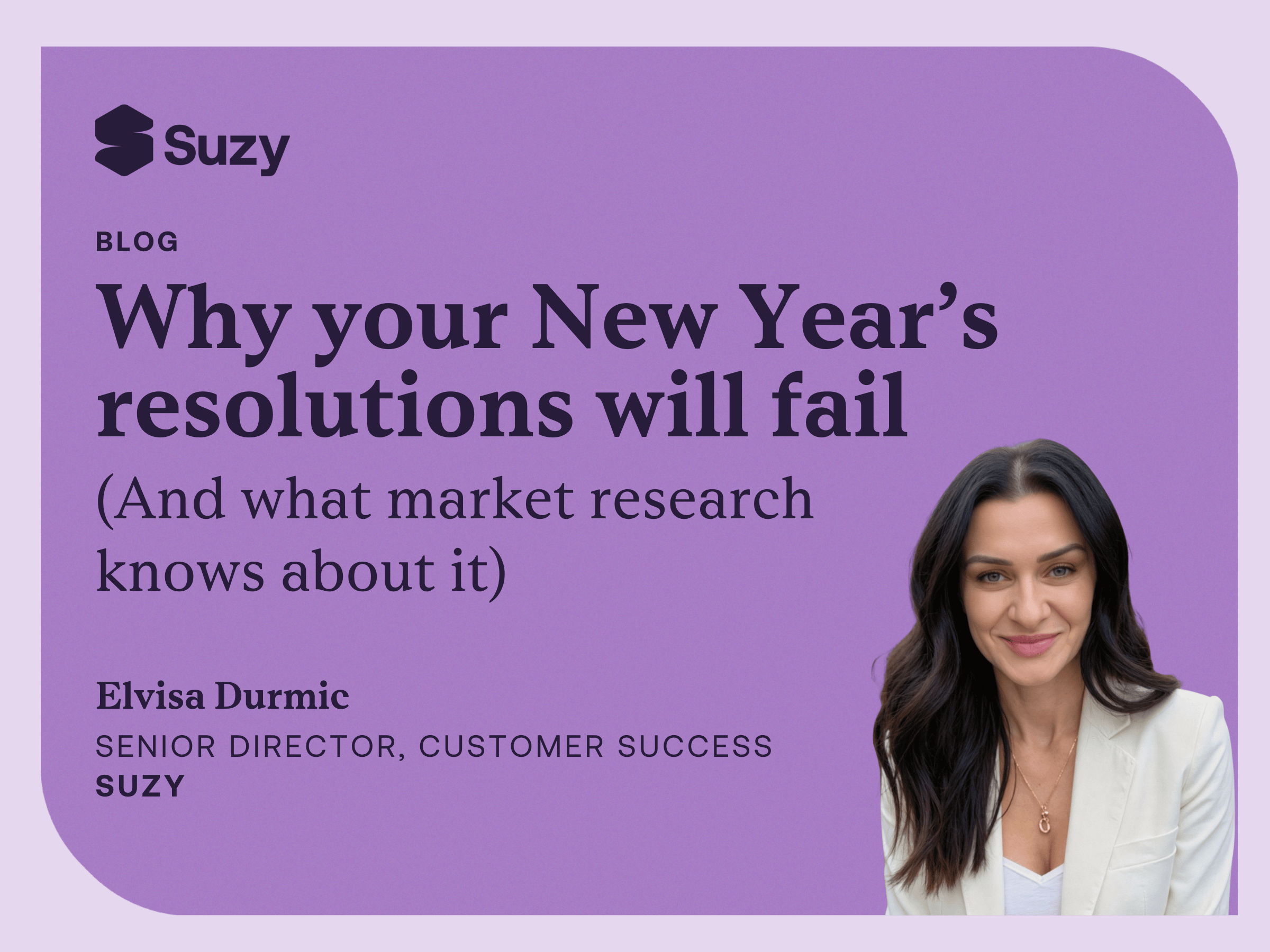How can businesses leverage market research to maintain profitability and make data-driven decisions during periods of economic uncertainty?
By: Max Scatarzi, Director of Sales
It’s 2024. Interest rates are high, consumer confidence is low. It’s an election year, which always brings its own set of questions. With so much uncertainty, it’s natural for businesses to operate with caution, which often translates into more conservative budgets. Doing more with less is the mandate and productivity is the goal. Enter AI, exit hiring budgets. Pause the brand building initiatives and prioritize the bottom of the marketing funnel.
Rarely does any business function navigate through uncertainty unscathed, but marketing and research tend to bear the brunt of the budget cuts. This may seem to make sense, but if you’re running a business, it’s not the best course of action.In uncertain times, wouldn’t it be best to concentrate your resources on initiatives that are validated by data? In this article, I will illustrate how market research can be a source of great profitability for companies, even in uncertain times.
Full disclosure: I peddle market research for a living, so I might be biased. However, I’ve also had years of experience operating brands in the apparel industry, so I’ve seen the difference between relying on consumer data versus operating in a vacuum. The latter often results in unsold inventory, brand dilution and alienating customers.
Anticipating Changes in Consumer Sentiment and Habits
Remember Quibi? Yeah, neither did I. I had to Google “failed short form video service” to remember their name. Back in 2018, this streaming service which promised high quality short form video content raised $1.75 billion in funding. Yet just weeks after launch, Quibi had to shut down its operations. Sure, the pandemic may have played a role in how viewers consume media—but digital entertainment consumption was at an all time high at a time when everyone was stuck at home. Why did Quibi fail while Netflix and TikTok boomed during the same period?
Quibi launched just a couple of weeks after the world shut down for business in March 2020. The timing was unfortunate to say the least, after all the time and money spent on creating content. How could market research have helped? Perhaps it was an impossible task, but research could have unlocked ways to pivot based on changing consumer habits.
- Quibi was built to be mobile first, but failed to release a format for bigger screens when consumers were stuck at home
- TikTok and mobile apps embraced meme culture at a time where everyone yearned for more social interaction, but Quibi failed to leverage that insight. While consumers were sharing content from other platforms, Quibi missed the opportunity to implement content sharing on its mobile app.
- More importantly, the platform’s content was overwhelmingly perceived as subpar on every level, from concept to execution.
All of these issues could have been avoided by speaking to consumers directly to understand their changing habits and opinions. Conversely, Netflix used data and listened to consumer needs to deliver content, messaging and experiences that aligned with consumer sentiment at the time.
Understanding The “Why” Behind Consumer Preferences
The economy is cyclical, and as much as we all hate the “r word”, sooner or later there will be another downturn. When recessions happen, most people tighten their belts, prioritizing spend on must haves rather than nice to haves. But if you’re in the business of selling indulgences you can’t exactly shrug, throw your hands up in the air, and just wait it out.
During the 2008 global financial crisis, Nestle unexpectedly grew its confectionary sales and market share. The company took a look at the data, cut 70% of its confectionary lines so it could concentrate on its most successful products, and delivered a positive performance despite a gloomy economic outlook.
In today’s high inflation environment, many retailers are turning to private labels to meet consumer demands—but today’s store brands are not your grandmother’s selection. Through consumer research and digging deeper with interviews, retailers are finding an appetite not necessarily for lower priced products, but for more elevated experiences and innovative flavors. So while several name brands are being accused of shrinkflation, savvy brands and retailers are innovating and growing their shelf presence by understanding what truly motivates consumers to buy.
Protecting Your Working Capital
There’s an old adage in carpentry: “measure twice, cut once”. And while I’m no Geppetto, I truly value the wisdom of planning and validating before wasting valuable resources. You see it time and time again in the business world—enormous resources poured into big ideas, all-in bets on hyped up products that hit the market and fall flat.
In today’s world, capital is more expensive and therefore more valuable to protect. Tying up your capital in unsold inventory or investing in risky concepts is not a luxury that many businesses can afford these days. That’s why thorough market research is more vital than ever. I always think of market research as insurance; you may not always see the ROI when things go right, but you’ll definitely notice its absence when things go wrong. An iterative research process that encompasses the voice of the customer together with other sources of data is crucial to protecting your business and not wasting resources.
You Don’t Have to Have it Three Ways: Cheap, Quick, and Dirty
The good news is that in today’s world you don’t have to spend a fortune to do market research the right way. There will always be times where the best option will be engaging a research agency to do a substantial project that spans months and billions of data points, but for your day to day operations and keeping your finger on the pulse of consumers there are plenty of tools you can leverage that will not break the bank.
The key is finding a vendor that delivers the tools, quality and level of services you need to reach your audience, ask the right questions and interpret the results in a timely manner so you can design data-driven solutions.
Have you met Suzy?
I’ve been working with marketers for over a decade and in market research long enough to know that there is a solution for virtually everything out there, so there is no shortage of options —whatever your budget might be. Having said that, there are so many moving parts when it comes to market research that it can be a frustrating, expensive and time consuming process to gather timely and actionable consumer insights.
That’s why I love working at Suzy: because we provide a seamless end-to-end solution that delivers fast and meaningful results without breaking the bank. With Suzy, the world’s biggest brands get to do more research with fewer costs and resources, achieving breakthrough results very quickly. We’d love to show you how we can support you through both good and challenging times to make customer-centric business decisions with our award winning research platform and services. For more information, book a demo with our team today.
.webp)







